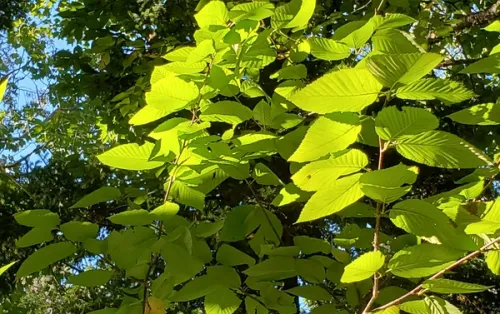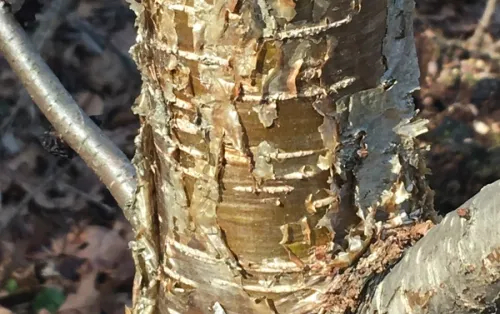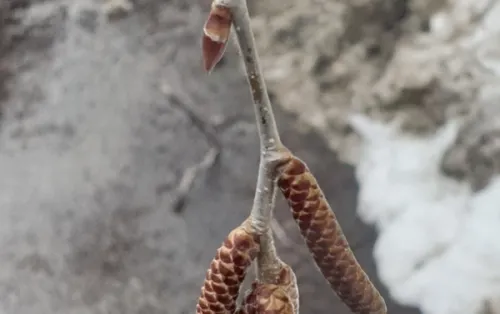Back to Glossary
Yellow Birch
Betula alleghaniensis
Yellow Birch is a beautiful tree that can grow up to 60 to 75 feet tall, noted for its beautiful, bronze-yellow peeling bark which becomes more pronounced as the tree ages. This species provides significant ecological benefits, supporting a wide range of wildlife. In spring, it produces small, catkin-like flowers that are important for early pollinators, followed by winged seeds that feed birds and small mammals throughout the fall and winter. The glossy green leaves turn a bright yellow in autumn, adding seasonal interest. Yellow birch prefers cool, moist environments, often found in mixed hardwood forests.
Details
Height720” - 900”
Spread810"
Bloom SeasonApril – May
Soil Types
Loam
Sand
Soil Moisture
Medium
Moist
Wet
Sun Exposure
Part Sun
Full Sun
Range Map
Available
Not available
Ecological Benefits
Maintenance Tips
- Prefers consistent moisture; ensure adequate watering, especially in dry conditions.
- Prune in late winter or early spring to remove any damaged or diseased limbs and maintain tree health.
- Grows best in cool, moist, well-drained acidic soils rich in organic matter.
- Apply a layer of mulch around the base to conserve soil moisture and protect the root system.
- Monitor for pests such as the bronze birch borer and diseases like birch leaf miner. Preventative care and prompt treatment are important to maintain the health of the tree.







